Wilson Disease Eye Ring
Wilson disease eye ring. The copper accumulation in the eye in Wilsons disease may cause a diagnostic golden-brown ring to form around the edge of the iris called a Kayser-Fleischer ring. Wilson disease is caused by mutations in a gene called ATP7B gene which has the genetic material to make copper transporting protein ATPase. Furthermore they have not been definitively illustrated.
A doctor can see these rings during a special eye exam called a slit-lamp exam. During the early stages it may be seen only with. A characteristic clinical sign of Wilsons disease is a rusty or coppery brown ring around the cornea of your eye known as the Kayser-Fleischer ring.
These can check the copper level in your blood and also detect any liver problems. A buildup of copper in the eyes causes Kayser-Fleischer rings. This ring is only visible using a special instrument slit-lamp and is rarely present before the age of 10 years.
AASLD recommendations for diagnosis and screening for Wilson disease WD Clinical features. WD must be excluded in any patient with unexplained liver disease along with neurological or neuropsychiatric disorder. Eye involvement in Wilson disease usually does not lead to significant impairment of vision.
The Kayser-Fleischer ring associated with Wilsons disease is a light brown ring at the periphery of the cornea. Although the distinctive and diagnostically valuable signs present in the eyes of patients with symptomatic Wilson disease have been described in specialist journals and in monographs 12 on this disease they have received little attention in the general literature. In a patient in whom WD is suspected Kayser-Fleischer rings.
Copper deposition in the lens leads to a sunflower or sunburst cataract consisting of a greenish central disc in the anterior capsule with spoke-like radial cortical opacities. Wilsons disease WD also known as hepatolenticular degeneration is a rare autosomal recessive condition of excess copper accumulation that is most commonly associated with hepatic neurologic psychiatric and ocular manifestations. K-F ring is almost always bilateral starts superiorly first and then inferiorly and later becomes circumferential1 It results due to extracellular copper deposition in.
Kayser-Fleischer rings sunflower cataracts and how to spot themDescription box contentsA. These rings are not always visible to the naked eye and are only present in around 50 of people with the disease.
WD should be considered in any individual between the ages of 3 and 55 years with liver abnormalities of uncertain cause.
These rings are not always visible to the naked eye and are only present in around 50 of people with the disease. A characteristic clinical sign of Wilsons disease is a rusty or coppery brown ring around the cornea of your eye known as the Kayser-Fleischer ring. Wilson disease is a genetic disorder where there is an inherited defect in the biliary excretion of copper. Sign of Wilsons disease. AASLD recommendations for diagnosis and screening for Wilson disease WD Clinical features. Kayser-Fleischer rings sunflower cataracts and how to spot themDescription box contentsA. While Kayser-Fleischer rings and sunflower cataracts are well known in WD visual impairment is very rare. Consists of copper deposits in Descemets membrane extending into the trabecular meshwork. Age alone should not be the basis for eliminating a diagnosis of WD.
These rings are not always visible to the naked eye and are only present in around 50 of people with the disease. Age alone should not be the basis for eliminating a diagnosis of WD. This ring is only visible using a special instrument slit-lamp and is rarely present before the age of 10 years. During the early stages it may be seen only with. Furthermore they have not been definitively illustrated. Your provider uses a special lamp a slit lamp to check for brown Kayser-Fleischer rings in your eyes. Consists of copper deposits in Descemets membrane extending into the trabecular meshwork.
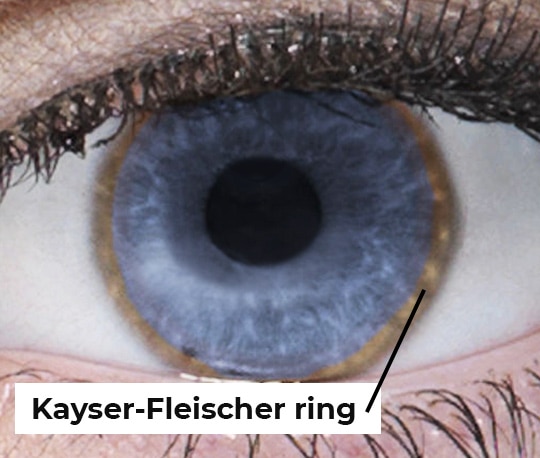

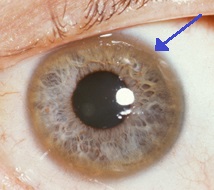

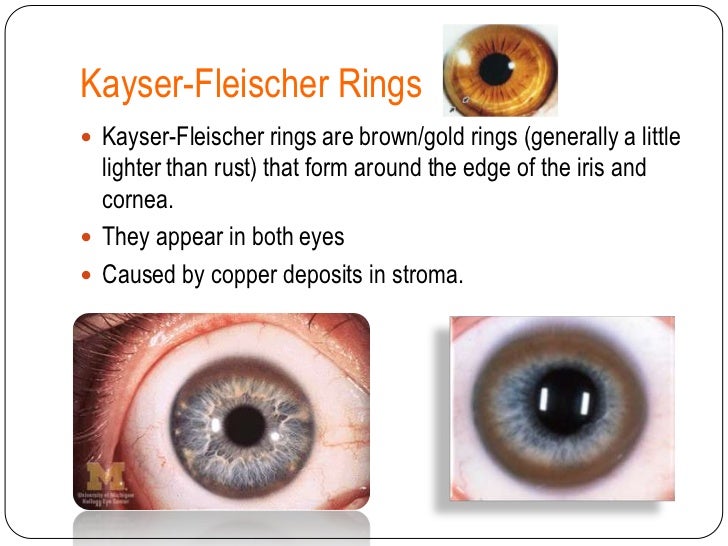
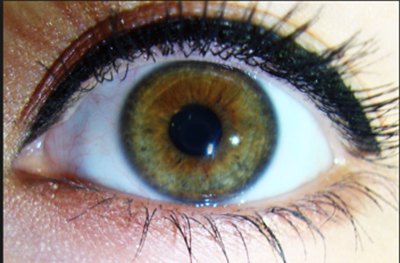
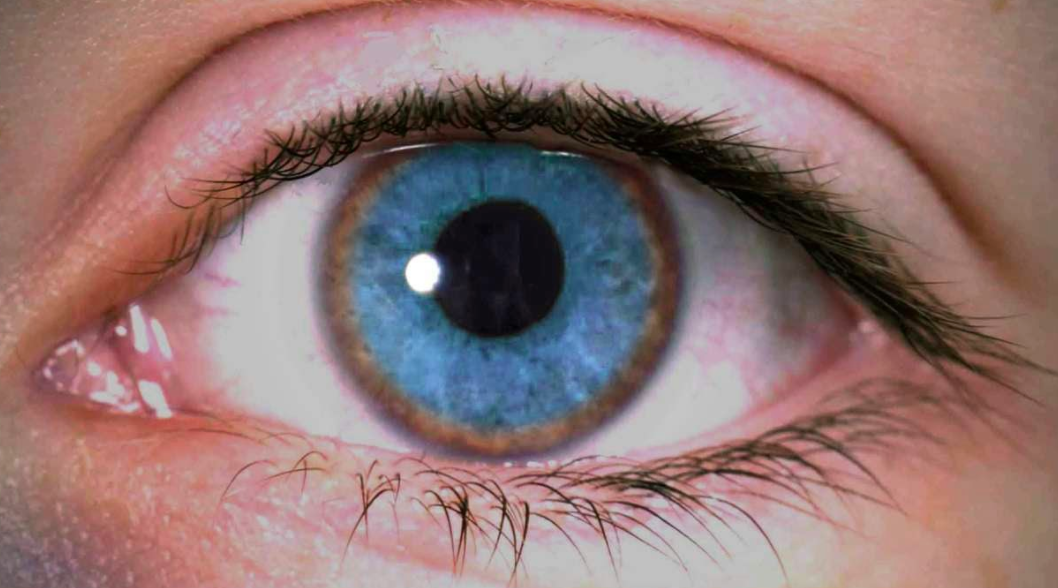
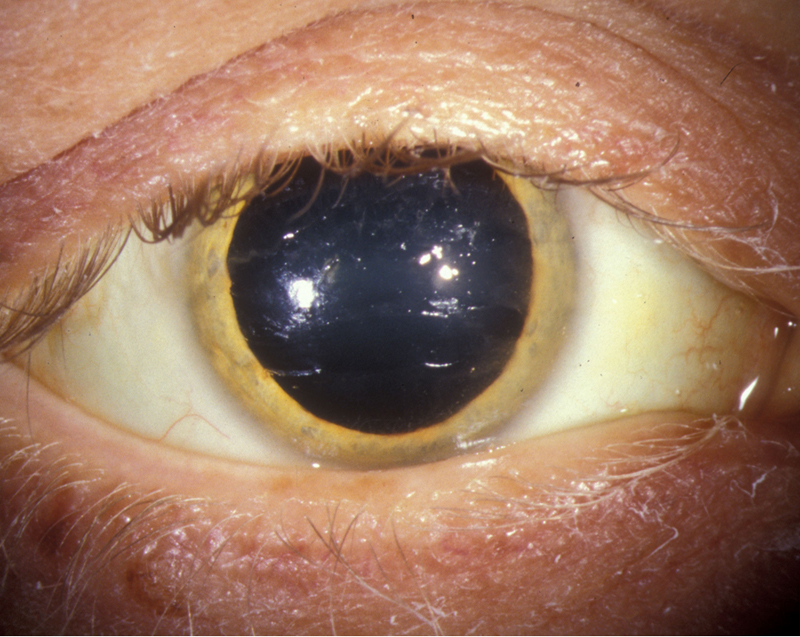
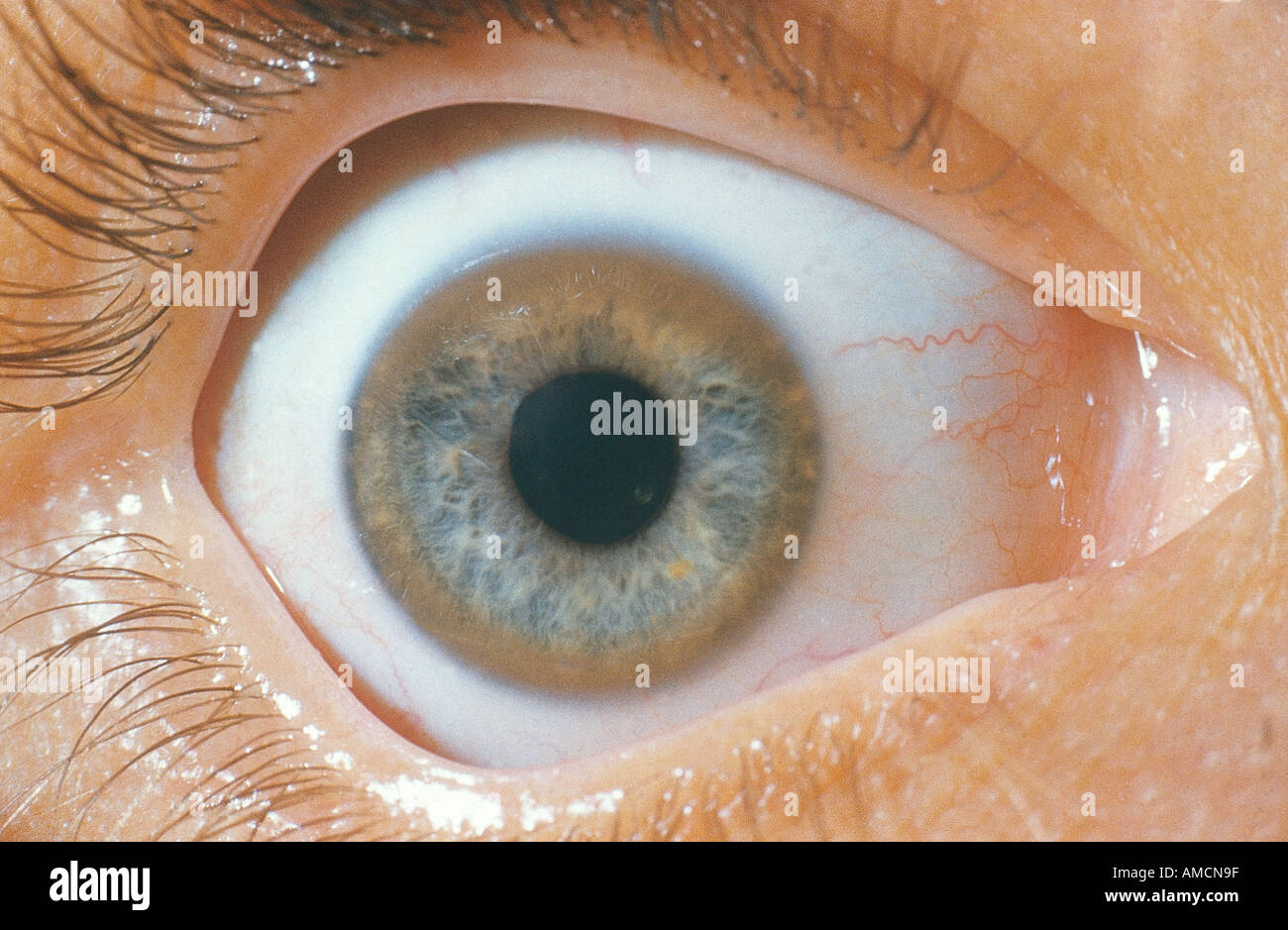











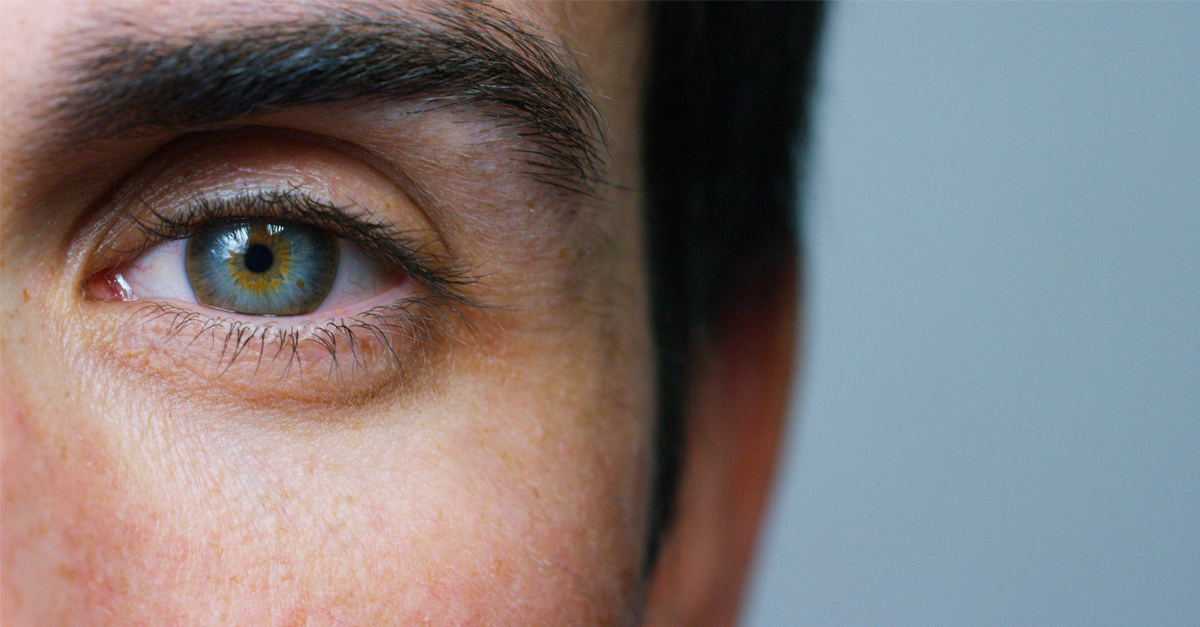
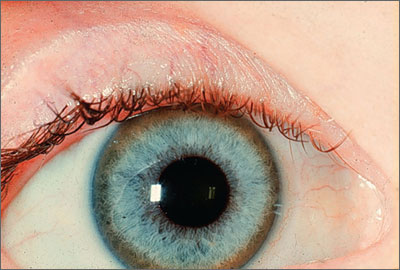
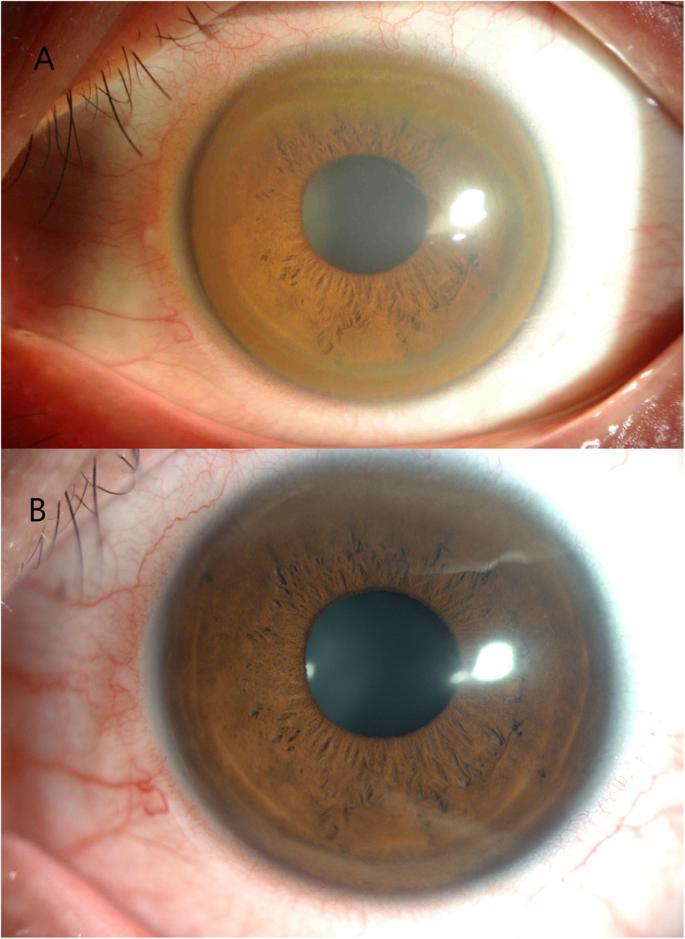
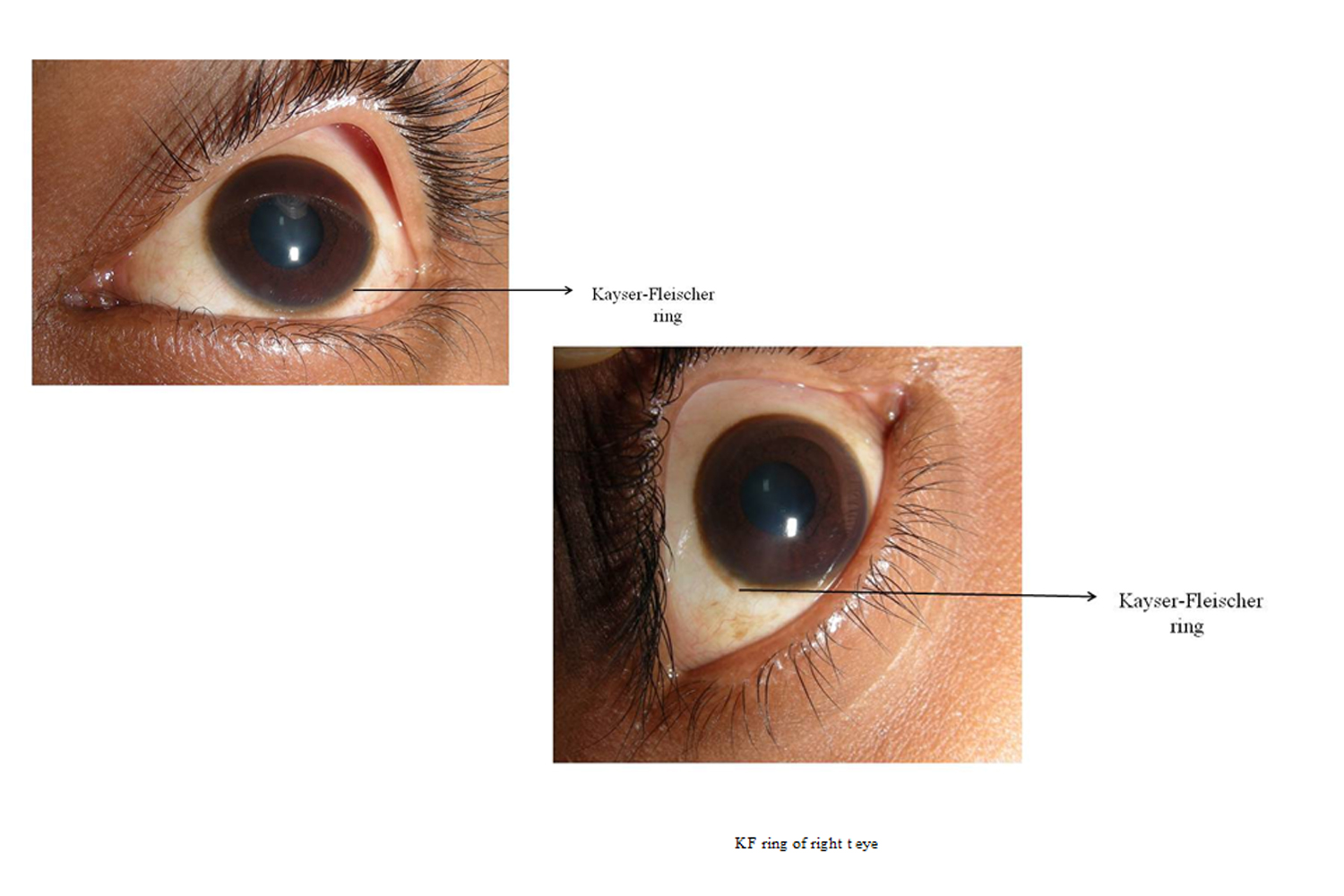

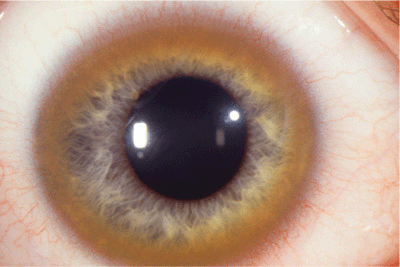



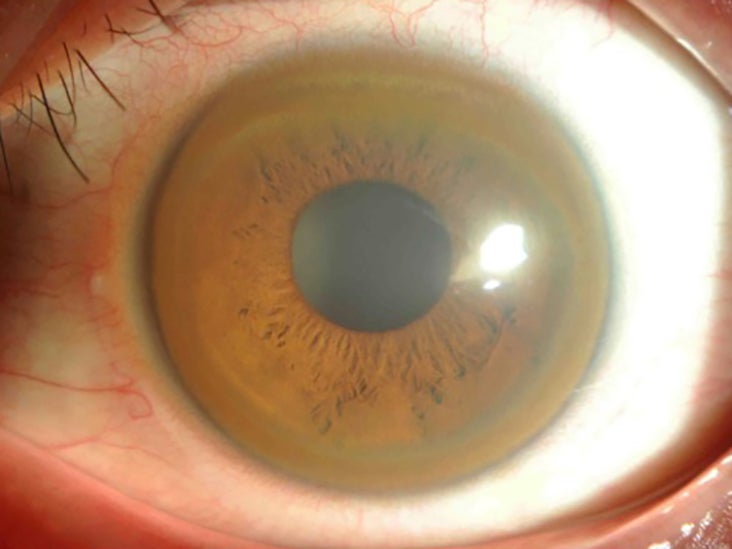

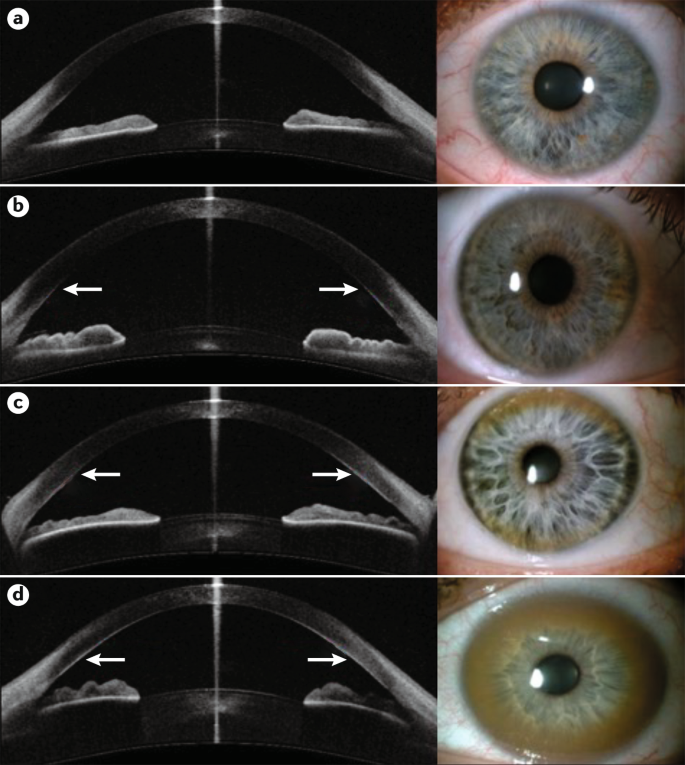


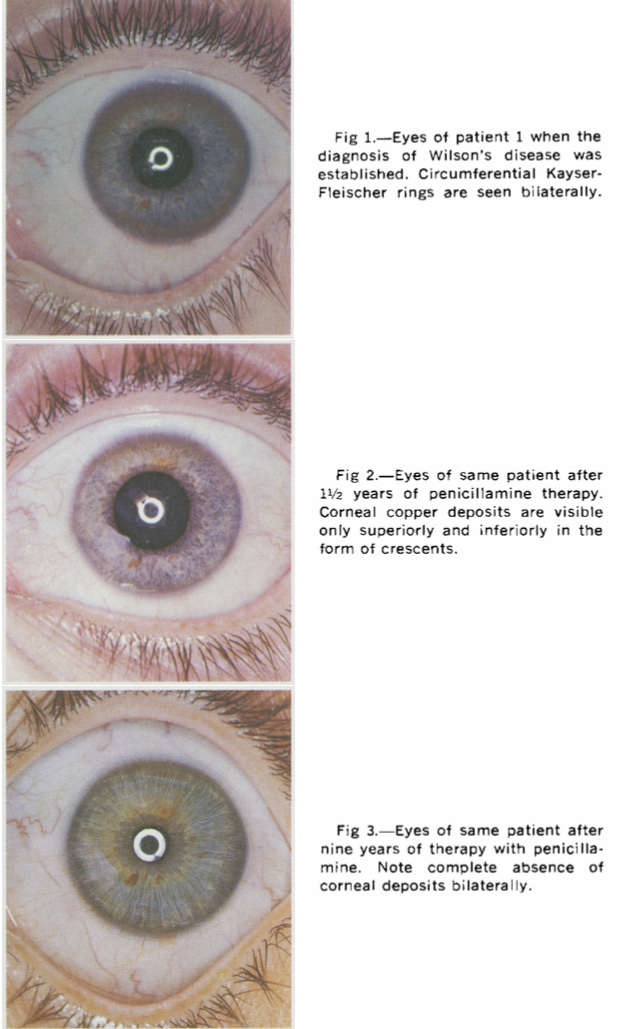








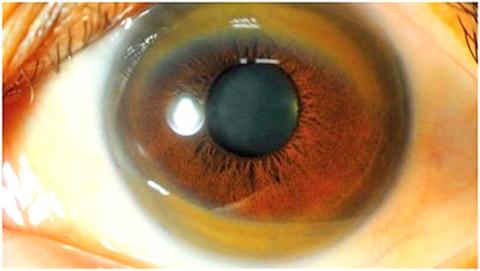
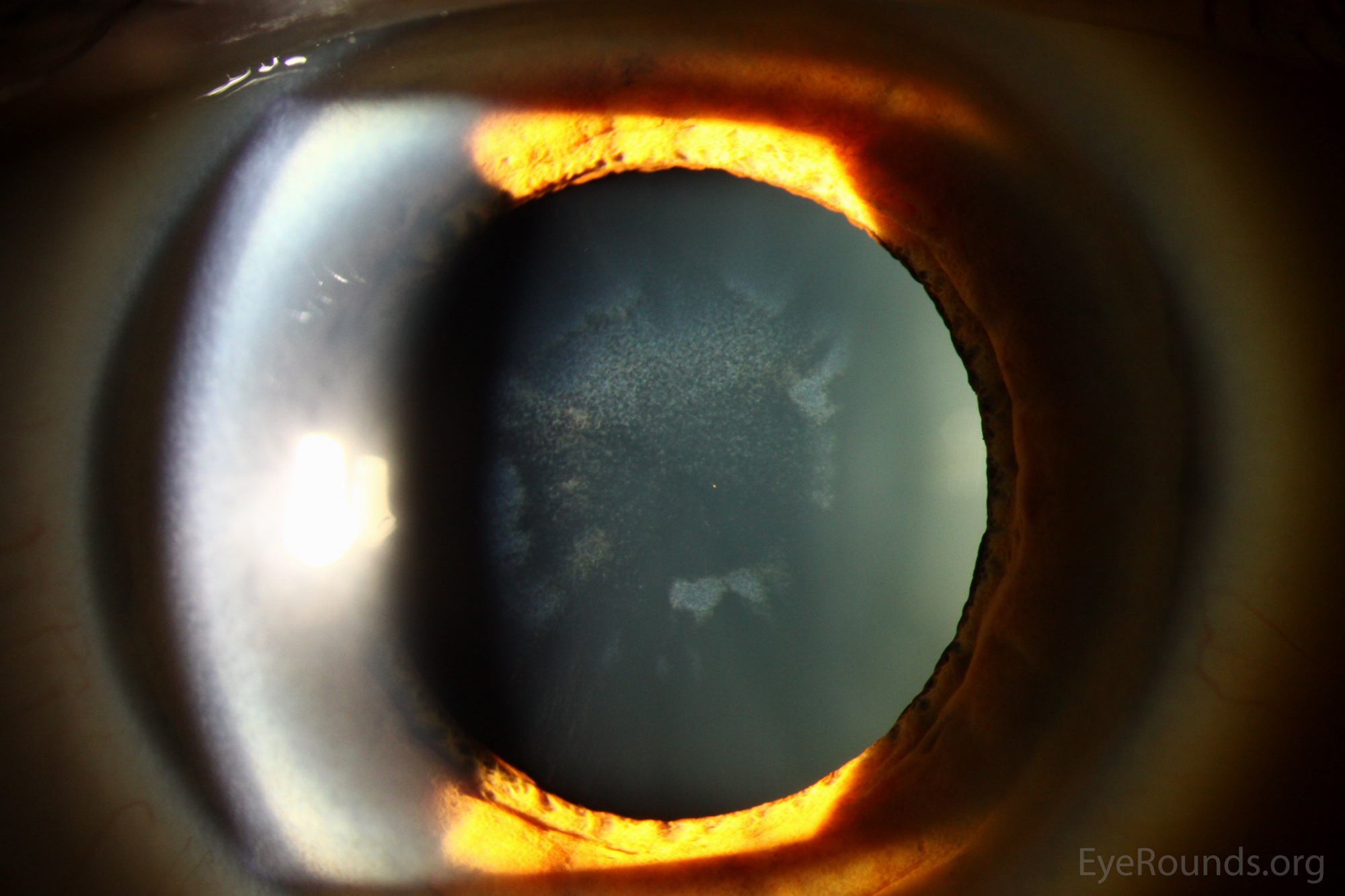
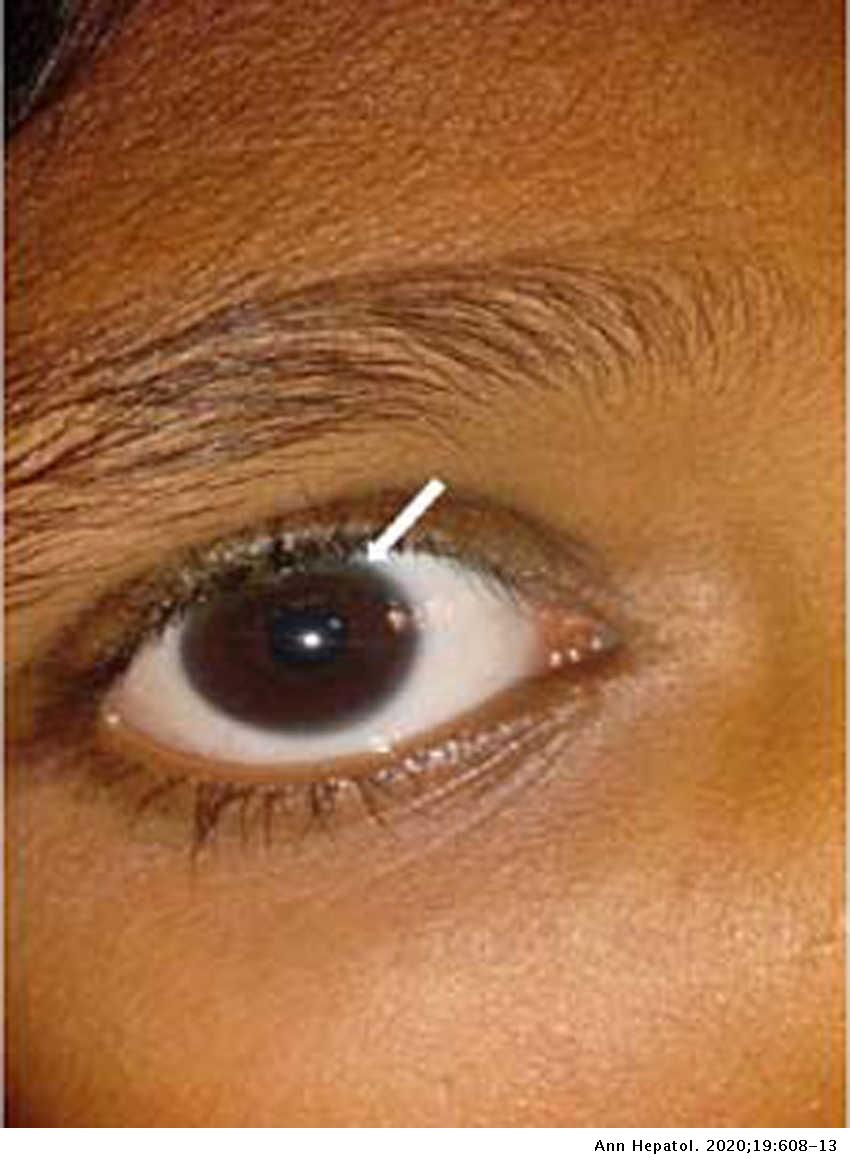
Post a Comment for "Wilson Disease Eye Ring"